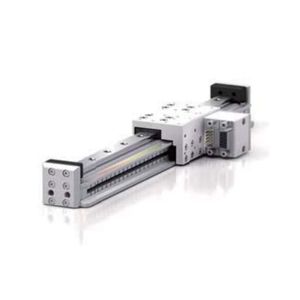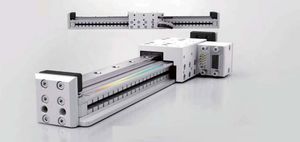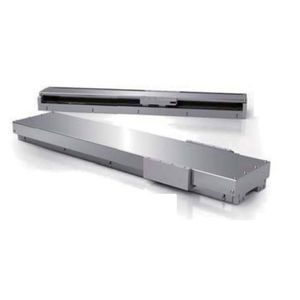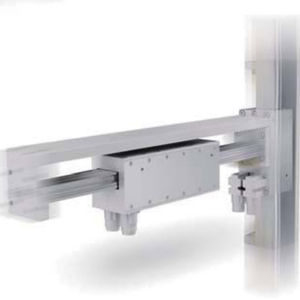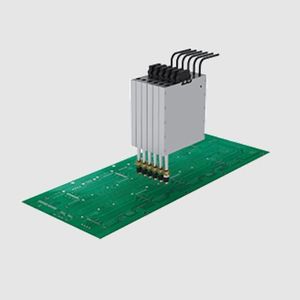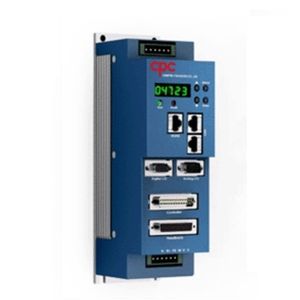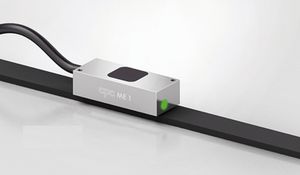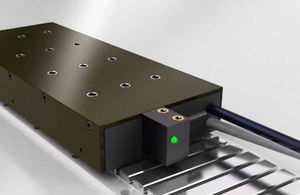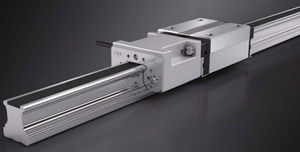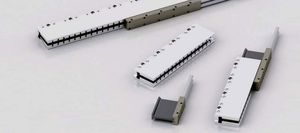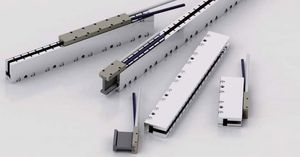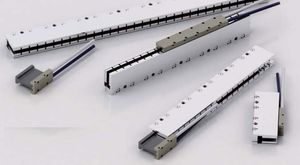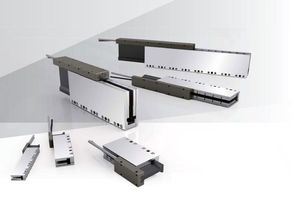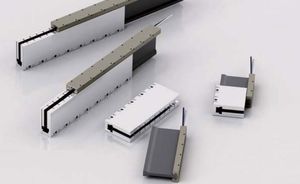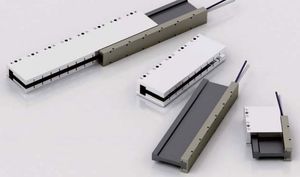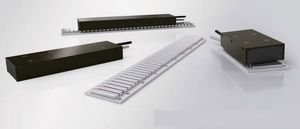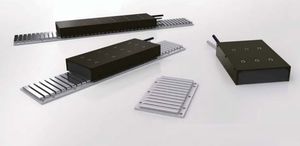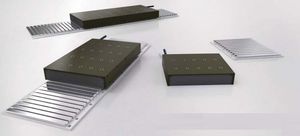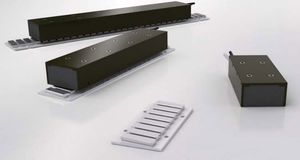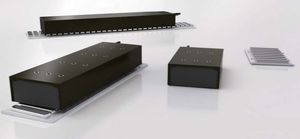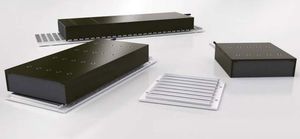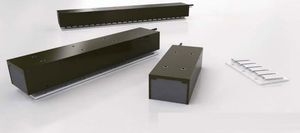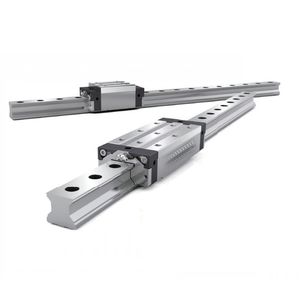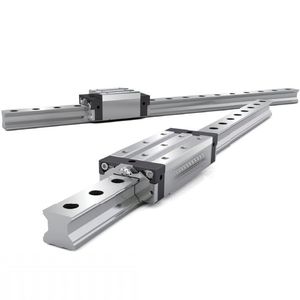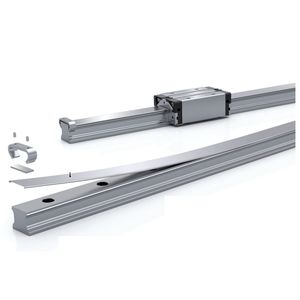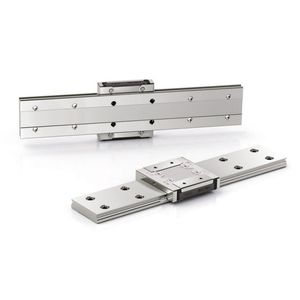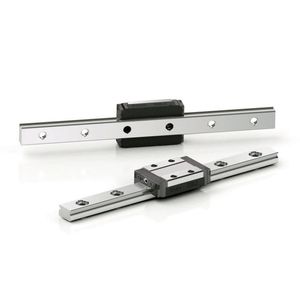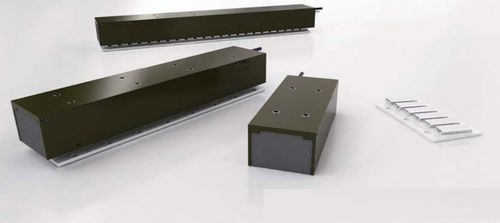
Iron-core linear motor LM-CC series aluminum



Add to favorites
Compare this product
Characteristics
- Type
- iron-core
- Other characteristics
- aluminum
- Force
Max.: 4,327 N
Min.: 1,446 N
- Power
Max.: 9,159 W
(12.453 hp)Min.: 3,067 W
(4.17 hp)
Description
Ironcore Linear Motor
Construction & Features
Iron core linear motors are suitable for use in point to point, high accélération, velocity and load linear motion applications.
■ cpc For motor parometers. force constant refers to ths amount of force produced per one ampere of curent, while motor constant refers to the force produced per Watt and ts representath/e of the motor's efficiency.
As such, the motor constant is a better metric at evaluatirvg motor performance, cpc's linear motors have been designed with the aid of advanced simulation software. As a resuit, for this metric. cpc motors have a higher motor constant.
■ low Cogglng Force
Cogging force originales from the drastic altérations in magnetism on the iron core during transitions across the différent magnetic pôles on the stator.
In this way. by skewing the magnets. the magnetic changes can be lowered. By using advanced software anciysis to do so. cpc has arrived at a design with an exceptionady low cogging force.
■ - cpc linear motors are composed of two parts: The sfatcr and the forcer.
■ - The forcer is mode by combining coil windings with an ron core which is encopsulated by epoxy inside an outer aluminum shell.
■ - The stator is composed of arrays of permanent mognets on a ferromagnetic backing plate. The magrvets are arranged in an N-S pôle pattern. forming a closed mognetic field loop with the forcer iron core.
VIDEO
Catalogs
No catalogs are available for this product.
See all of CPC‘s catalogsRelated Searches
- Servo-amplifier
- DC servo drive
- Digital servo drive
- Linear servomotor
- DC linear servomotor
- 24 V servo drive
- Ironless linear motor
- Iron-core linear servomotor
- RS-232 servo-amplifier
- AC linear servomotor
- 48 V linear motor
- Direct-drive linear motor
- 24 V linear motor
- 230 V linear servomotor
- Flat linear motor
- Aluminum linear motor
*Prices are pre-tax. They exclude delivery charges and customs duties and do not include additional charges for installation or activation options. Prices are indicative only and may vary by country, with changes to the cost of raw materials and exchange rates.


